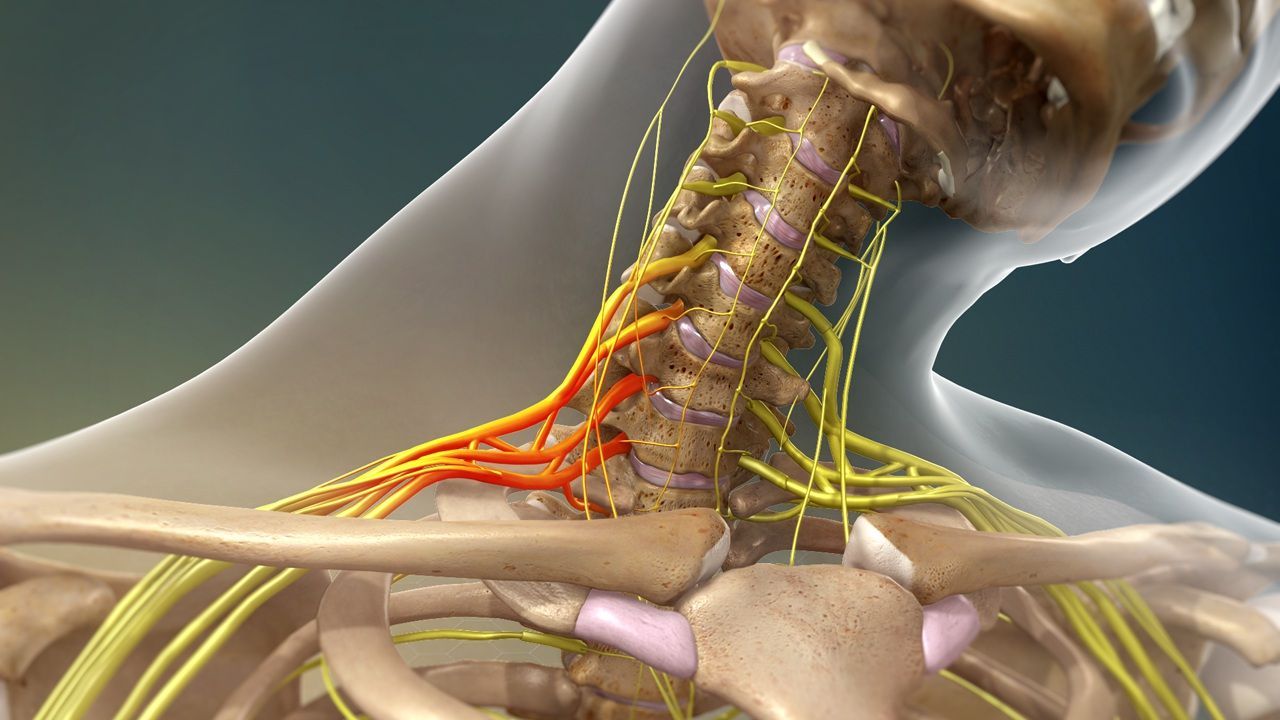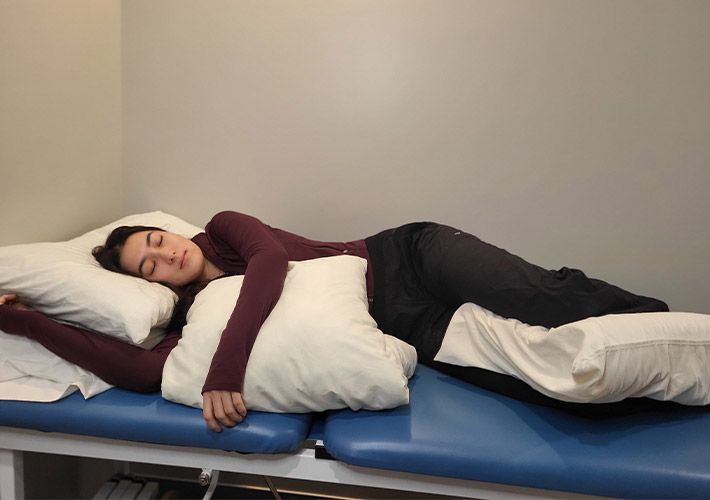Breaking Down the Brachial Plexus

The human body is a marvel of interconnected systems, with nerves playing a vital role in transmitting signals between the brain and various parts of the body. One such crucial network of nerves is the brachial plexus, a complex web of nerves that extends from the spine through the neck and into the arm. Understanding the brachial plexus, its injuries, and how chiropractic care can aid in recovery is essential for maintaining optimal health and function
The brachial plexus is responsible for controlling movement and sensation in the shoulder, arm, and hand. Comprised of nerves stemming from the cervical spine (neck), the brachial plexus can sustain injuries ranging from mild to severe, often resulting from trauma or overextension.
Minor injuries to the brachial plexus may include strains or pinched nerves, leading to symptoms like pain, tingling, or weakness in the affected arm. These injuries can occur due to repetitive motions, poor posture, or sudden jerking movements, such as those experienced in sports activities or during manual labor.
On the other hand, major injuries to the brachial plexus, such as avulsion or rupture, can result from more severe trauma, such as car accidents or falls. Whiplash, a common injury in car accidents, occurs when the head is forcefully jerked backward and then forward, leading to strain or damage to the neck and its associated nerves, including the brachial plexus.
Common causes of brachial plexus injuries also include car and motorcycle accidents, sports injuries, and birth trauma. Additionally, certain risk factors, such as participating in contact sports, having a physically demanding job, or being involved in high-impact activities, may increase the likelihood of sustaining such injuries.
Our Buffalo chiropractors and massage therapists can play a crucial role in alleviating symptoms and promoting recovery from brachial plexus injuries. Our doctors assess spinal alignment and nerve function and can use adjustments to relieve pressure on the nerves. Massage therapy can complement chiropractic care by targeting muscle tension and promoting circulation, thereby reducing pain and enhancing healing in the affected area.
Furthermore, our chiropractors provide personalized treatment plans tailored to each patient's unique needs, incorporating soft tissue work, nerve flossing, joint traction, and e-stimulation. Additionally, our doctors recommend therapeutic exercises, stretches, and ergonomic swaps to prevent future injuries and promote long-term wellness.
At our chiropractic and massage office in Buffalo, NY, we are dedicated to helping individuals recover from brachial plexus injuries and regain optimal function and quality of life. If you are suffering from symptoms related to a brachial plexus injury, don't hesitate to reach out and schedule a consultation with our experienced team. Your journey to healing starts here!
Bethany Wolcott
D’Youville Chiropractic ‘26












